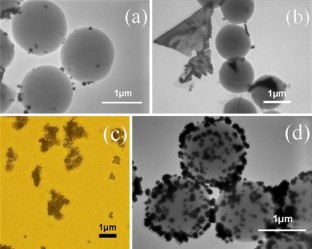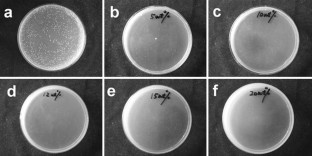

Heating the solution at high temperature, the precursors decompose forming monomers which then nucleate and generate nanocrystals. The main difference is the product neither precipitates as a bulk solid nor remains dissolved. Possible methods include colloidal synthesis, self-assembly, and electrical gating.Ĭolloidal semiconductor nanocrystals are synthesized from solutions, much like traditional chemical processes. There are several ways to fabricate quantum dots. Quantum Dots with gradually stepping emission from violet to deep red These processing techniques result in less expensive and less time-consuming methods of semiconductor fabrication. They have been used in Langmuir-Blodgett thin-films. Their small size allows for some QDs to be suspended in solution, which may lead to their use in inkjet printing, and spin-coating. Potential applications of quantum dots include single-electron transistors, solar cells, LEDs, lasers, single-photon sources, second-harmonic generation, quantum computing, cell biology research, microscopy, and medical imaging. However, the specific colors vary depending on the exact composition of the QD. Smaller QDs (2–3 nm) emit shorter wavelengths, yielding colors like blue, and green. Larger QDs of 5–6 nm diameter emit longer wavelengths, with colors such as orange, or red. Their optoelectronic properties change as a function of both size and shape. Quantum dots have properties intermediate between bulk semiconductors and discrete atoms or molecules. By coupling two or more such quantum dots, an artificial molecule can be made, exhibiting hybridization even at room temperature. It was shown that the electronic wave functions in quantum dots resemble the ones in real atoms. Quantum dots are sometimes referred to as artificial atoms, emphasizing their singularity, having bound, discrete electronic states, like naturally occurring atoms or molecules. In the language of materials science, nanoscale semiconductor materials tightly confine either electrons or electron holes. The color of that light depends on the energy difference between the conductance band and the valence band, or the transition between discrete energy states when band structure is no longer a good definition in QDs. This light emission ( photoluminescence) is illustrated in the figure on the right. The excited electron can drop back into the valence band releasing its energy as light. In the case of a semiconducting quantum dot, this process corresponds to the transition of an electron from the valence band to the conductance band. When the quantum dots are illuminated by UV light, an electron in the quantum dot can be excited to a state of higher energy. They are a central topic in nanotechnology.

Quantum dots ( QDs) are semiconductor particles a few nanometres in size, having optical and electronic properties that differ from larger particles due to quantum mechanics. Different sized quantum dots emit different colors of light due to quantum confinement. Colloidal quantum dots irradiated with a UV light.


 0 kommentar(er)
0 kommentar(er)
